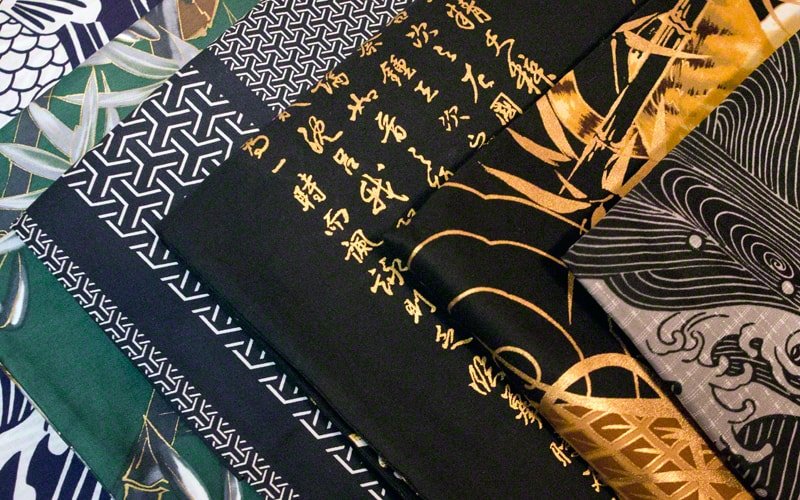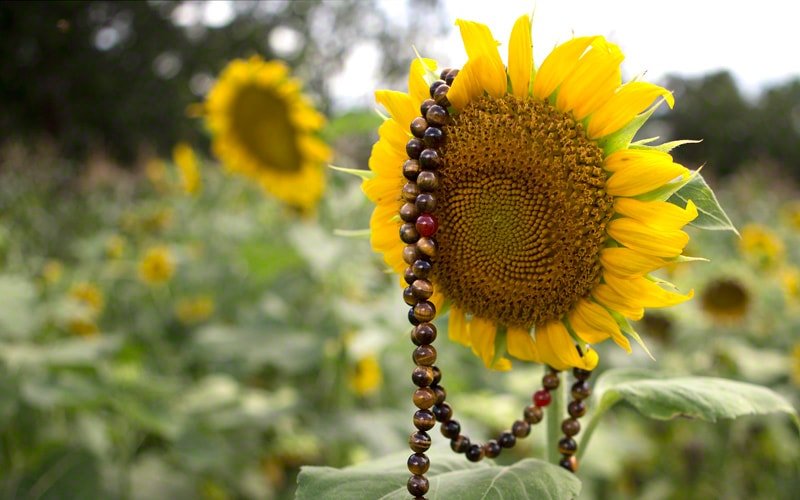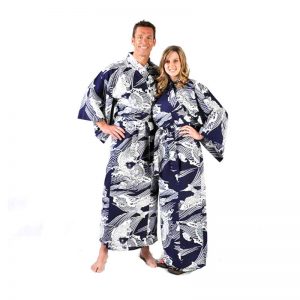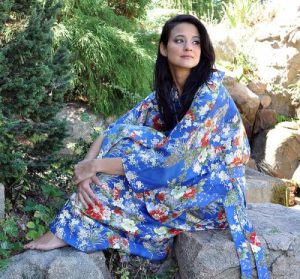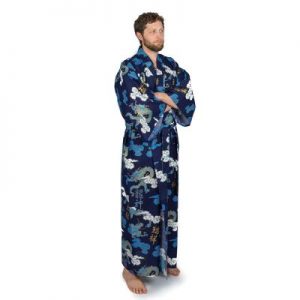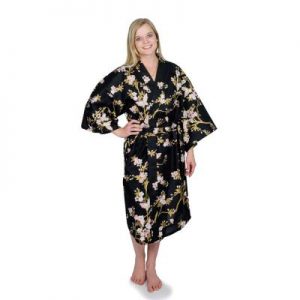Shop from the top-selling Japanese kimonos and yukatas for March 2023, carefully selected by our customers. Find out for yourself why Chopa is your go-to source for quality Japanese traditional wear since 1994.
Each month we publish this “Best-Selling” list to enlighten and inform our customers about which robes are currently popular. By letting our customers judge, consumers receive unbiased, honest, and insightful information. By using actual sales figures, we let our customers have the final say.
Whether you are looking for a kimono or yukata for loungewear or something for a ceremony or special event, Chopa has what you are looking for. As a direct importer since 1994, Chopa continues to be a leading online dealer of high-quality Japanese robes. We offer a large selection of 100% cotton kimonos and yukatas for men, women, and kids. We invite you to shop our online store and discover why over 33,000 customers chose us to be their kimono source.
Here are the top-selling kimonos and yukatas for March:
Blue Koi Yukata: This blue and white yukata has a unique design of Koi fish swimming in the water. The fish is highly respected in Japan and translates to affection and love. In Buddhism koi represent courage. Finely crafted in Japan of 100% cotton with a shrink-resistant finish. This robe is machine washable and we suggest cold water for best results and to extend the life of the fabric. The yukata features traditional butterfly sleeves and a matching belt is included. Available in five sizes.
Yukata – Tree of Life: This simple but elegant geometric print has been popular since 2000 B.C., making it one of the oldest symbols known today. The samurai used this pattern as it represented stability; therefore, its popularity can be traced back over 200 years ago in old Japan, when warriors wore these robes on special occasions such as holidays or battles. Because the style represents longevity, it will be an excellent addition to your wardrobe that you can enjoy for years to come!
Yukata – Dragon and Bamboo: Yukata are comfortable to wear around the home while lounging or as a cover-up or bathrobe after a shower. They can also be worn to parties, festivals, and special events. The lightweight cotton fabric has a shrink-resistant finish making it easy to care for and machine washable. We recommend cold water for best results and to extend the life of your robe. A matching belt is included.
Yukata – Shodo: This men’s kimono-style robe features 3 famous names from Japanese history: Toyotomi Hideyoshi, Japan’s second great unifier; Oda Nobunaga a Samurai warlord; and Tokugawa Ieyasu, a powerful shogun. These yukata cotton robes for men feature gold and white calligraphy, against a black background. Made in Japan of 100% cotton with a shrink-resistant finish.
Yukata – Black Cherry Blossom: Whether relaxing around the home or going on vacation, this long Japanese robe will become your favorite loungewear. These floral yukata are made in Japan of 100% cotton with a shrink-resistant finish. A palette of beautiful cherry blossoms is set against a black background. Easy to care for, machine washes cold for best results. Japanese yukata have become popular as loungewear. This cotton robe includes a matching belt.

